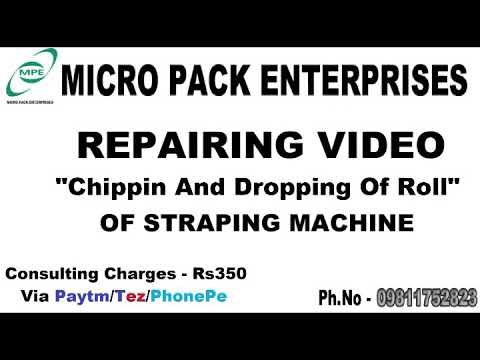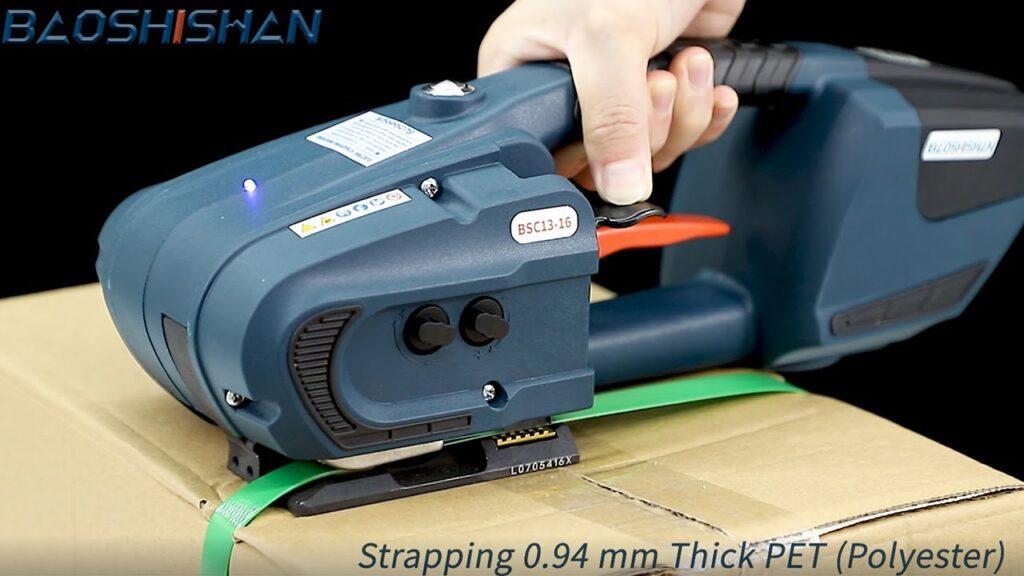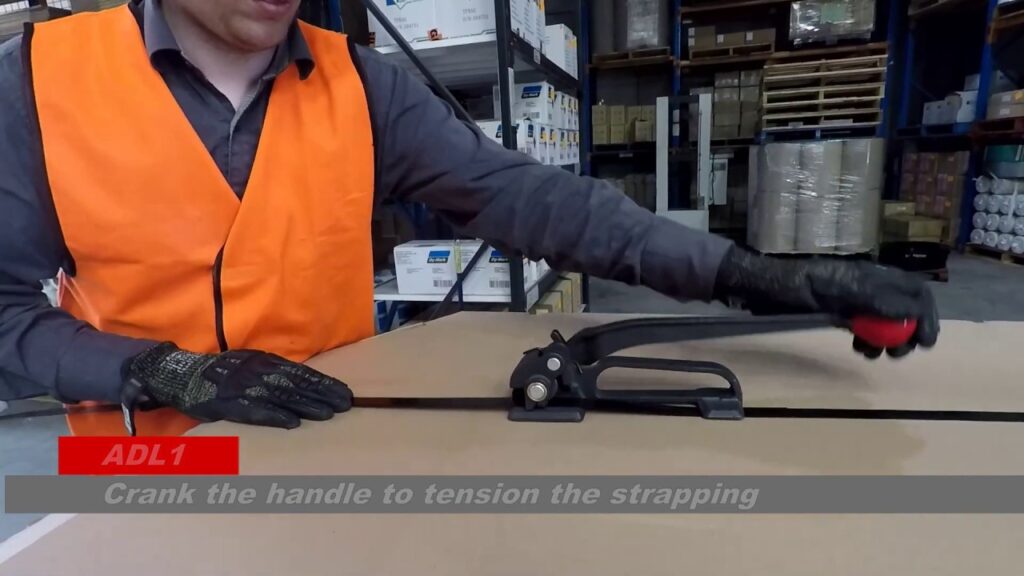**Strapping Equipment: A Troubleshooting Guide for Strap Chipping and Dropping in Box Strapping Machines**
When it comes to securing packages for shipping or storage, box strapping machines play a crucial role. These machines, also known as strapping equipment, are designed to efficiently and securely strap boxes together. However, like any mechanical system, they are prone to encountering problems. In this article, we will dive into the common issue of strap chipping and dropping in box strapping machines and explore some possible solutions.
**The Problem: Strap Chipping and Dropping**
One of the most frustrating problems encountered with box strapping machines is strap chipping and dropping. This occurs when the strapping material gets damaged or slips off the designated path during the strapping process. Not only does this compromise the integrity of the strapped boxes, but it also increases the risk of product damage during transportation.
**Identifying the Causes**
To address this issue effectively, we need to understand the root causes behind strap chipping and dropping. Several factors could contribute to this problem:
1. **Improper tension adjustment:** If the tension applied to the strapping material is too high or too low, it can lead to chipping or dropping. Excessive tension may cause the strap to snap or damage the strapping machine components, while insufficient tension might result in the strap not staying in place.
2. **Worn-out or misaligned parts:** Over time, the moving components of a box strapping machine can wear out or become misaligned. This includes the feed wheel, feed track, and the strapping guide. If these parts are not maintained correctly, the strapping material may fail to follow the intended path.
3. **Usage of low-quality strapping material:** The quality of the strapping material used can significantly impact its performance. Inferior quality straps may have weak edges or inconsistencies in thickness, making them prone to chipping and dropping during the strapping process.
4. **Environmental factors:** Adverse environmental conditions, such as high humidity or extreme temperature variations, can affect the performance of the strapping equipment. These conditions may cause the strapping material to expand, contract, or become brittle, leading to chipping and dropping issues.
**Troubleshooting Steps**
Now that we have identified the potential causes, let’s explore some troubleshooting steps to address the strap chipping and dropping problem in box strapping machines:
1. **Inspect and adjust tension settings:** Carefully review the tension adjustment mechanism on your strapping machine. Follow the manufacturer’s guidelines to ensure that the tension applied to the strapping material is within the recommended range. Fine-tuning this setting is crucial to preventing strap damage.
2. **Regular maintenance and part replacement:** Schedule routine maintenance checks for your box strapping machine. This includes inspecting and replacing any worn-out or misaligned parts. Ensure that the feed wheel, feed track, and strapping guide are in optimal condition to facilitate smooth and error-free strapping.
3. **Invest in high-quality strapping material:** Selecting the right strapping material is vital to minimize strap chipping and dropping issues. Look for straps that offer consistent thickness, strong edges, and durability. Opting for high-quality strapping material may require a slightly higher investment, but it will pay off in the long run by reducing downtime and product damage.
4. **Monitor and control environmental conditions:** Take measures to regulate the environmental factors that can impact your strapping equipment’s performance. Maintain an appropriate temperature and humidity level in the strapping area. Consider installing a dehumidifier or air conditioning system if necessary.
**Preventing Future Problems**
To prevent strap chipping and dropping issues from recurring, here are some best practices to follow:
– **Operator Training:** Ensure that the operators are trained to operate the box strapping machine properly. They should be familiar with tension adjustment, preventive maintenance procedures, and troubleshooting techniques.
– **Regular Inspections:** Implement a regular inspection schedule to identify any potential issues before they lead to costly downtime. This includes checking the condition of the strapping material, the tension adjustment, and the alignment of machine components.
– **Documentation and Reporting:** Maintain detailed records of all maintenance activities, adjustments made, and any issues encountered. This documentation will help in identifying patterns or recurring problems, allowing for targeted improvements.
**Conclusion**
Strap chipping and dropping in box strapping machines can hamper the efficiency of your packaging operations, disrupt shipping schedules, and increase product damage risks. By analyzing the potential causes and implementing the troubleshooting steps mentioned above, you can effectively address and prevent this problem. Remember, a well-maintained strapping machine with high-quality strapping material is key to seamless and secure packaging.
Strapping Machines
“Effective Solutions for Repairing Box Strapping Machines: Addressing Strap Chipping & Dropping Issues in Strapping Systems”


